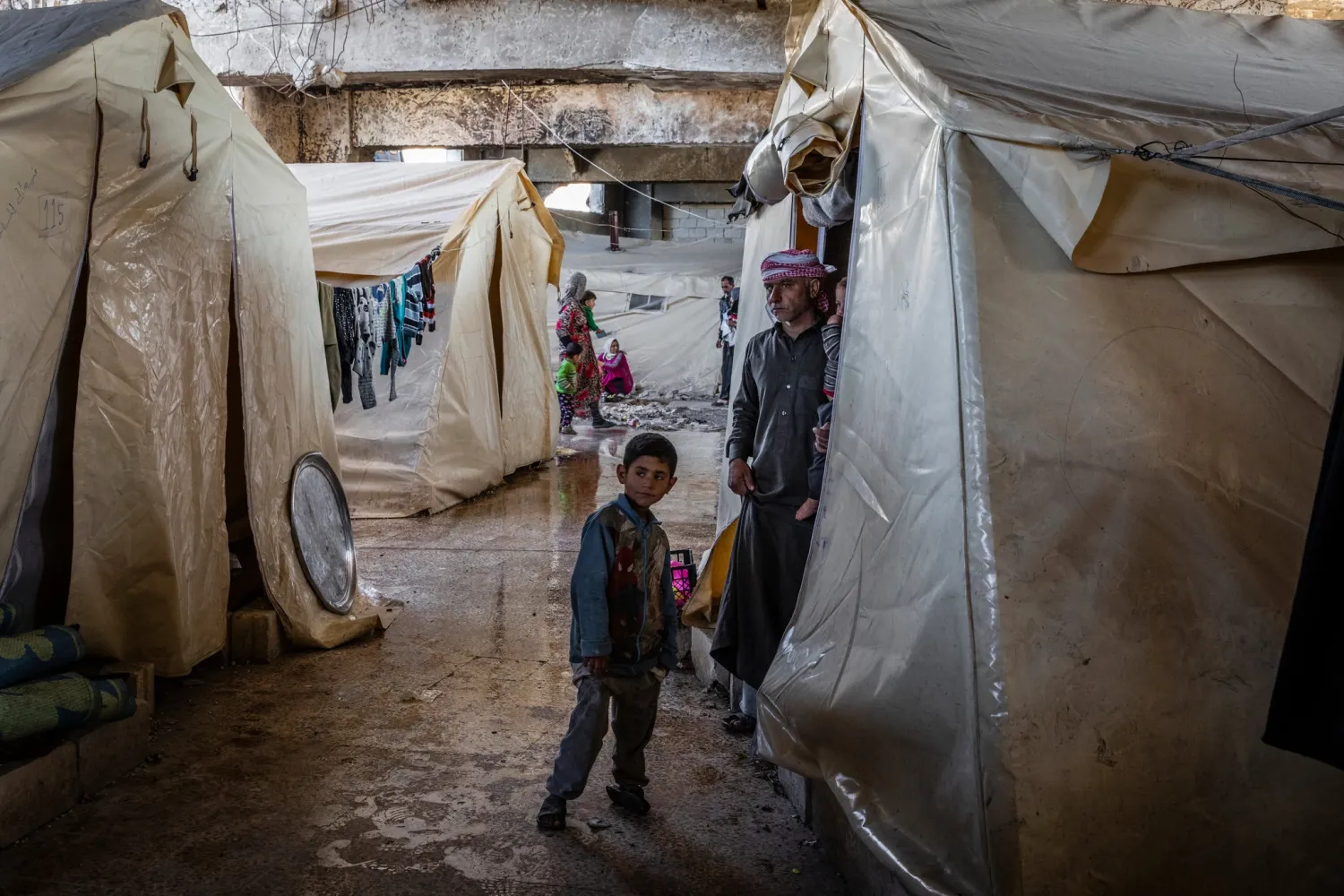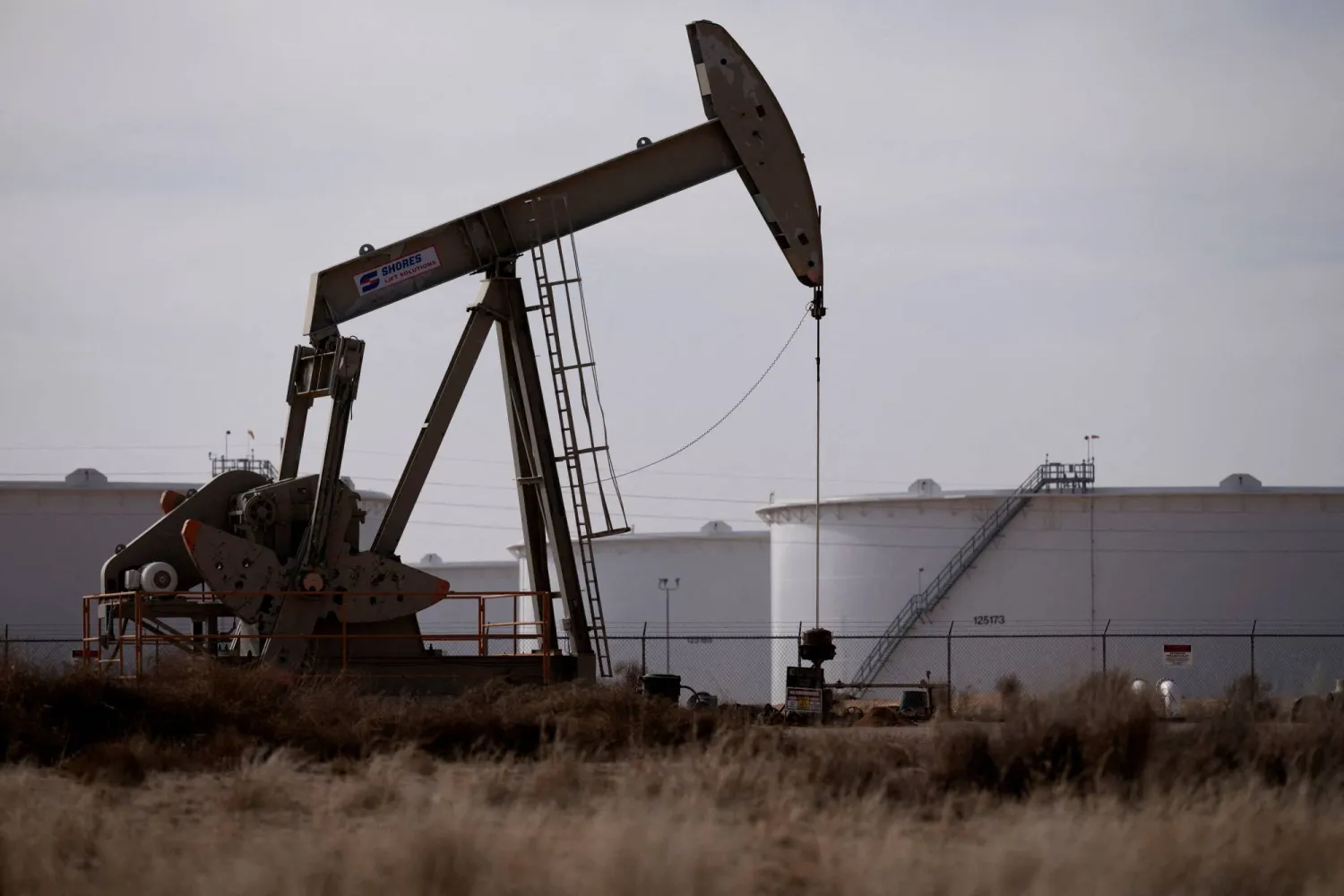Before the war in Syria, Idlib city, with its tree-lined avenues and white-stone buildings, was known for its calm, provincial air.
Today it overflows with families who fled the war in other parts of Syria, swelling the population to nearly a million people.
Some shelter in bombed-out buildings. Those who can’t find shelter are camped in the soccer stadium, and more line up outside for food handouts.
Residents are so used to the shelling that no one even flinches at the sound of an explosion.
But for Syria’s last rebel-held city the worst is yet to come.
To the north, nearly a million people are living along roadsides and in olive groves in what is already one of the worst humanitarian disasters of Syria’s brutal nine-year war.
To the south and east, Syrian government forces backed by Russian warplanes are closing in, now just five miles away. When they reach Idlib city, its million residents are likely to flee, doubling the number of displaced people in the north.
Dr. Hikmat al-Khatib, an orthopedic surgeon, urged his parents to move to a town to the north. But when it was bombed his mother decided to stay put.
“Her words shocked me,” Dr. al-Khatib said. “The only choice is to wait for death.”
I made a rare visit into Idlib with a photographer and interpreter on Wednesday, crossing the border from Turkey. We were accompanied by relief workers of a Syrian charity and members of an extremist group, Hayat Tahrir al-Sham, which controls the province.
We found 100 families camped in the stadium, which has been converted into an emergency shelter.
Amina Sahloul was sitting on the floor around a stove in a large underground room for women and children. She had arrived hours earlier, after fleeing her village in the dead of night, clinging with her five grandchildren behind her son on a single motorcycle.
“We came away because of the airstrikes,” she said. “They started dropping cluster bombs. It was like fire raining in the sky.”
There has been no letup for the people of Idlib Province as the forces of President Bashar al-Assad of Syria, backed by Russian air power, have smashed their way forward, demolishing towns and villages in the south and east of the province with punishing airstrikes.
A cease-fire declared Thursday by Turkey, which backs Syrian opposition forces, and Russia, which backs the Syrian government, seemed to be holding on Friday but few believe it will last. Assad has insisted he will continue his offensive to retake Idlib Province, and rebel groups have vowed to resist.
At the soccer stadium, as word came across the radio that Russian planes were near, tension rose as people nervously scanned the skies.
Earlier that day, when an artillery shell slammed into a nearby neighborhood, few people even looked up. The Syrian government fires rockets all the time.
But when Russian planes begin a concerted assault, they use overwhelming force, laying down lines of repressive fire that force people to run for their lives with only minutes to get away.
“Whenever I hear planes I start running like crazy, I lose my mind,” Hassan Yousufi said as he paced angrily around the men’s shelter in the stadium.
“I lived beside the highway for 45 years. My brother was killed. The Russians bombed us.”
Outside of the stadium, life is on a war footing. The streets are busy with cars and motorcycles and women walk together in the main shopping street, but the city has only two hours of electricity a day and boys sell gasoline in plastic jerrycans on street corners.
Idlib Province has been free from government control for the length of the war and today is largely controlled by Hayat Tahrir al-Sham. But there were few armed fighters in sight in Idlib city, the provincial capital, on Wednesday.
Police officers loyal to the opposition stand guard outside the governor’s office and the police station, which still bear the scars of fighting from the first days of the revolution.
Billboards around the city bear glossy posters of uniformed rebel fighters, calling on people to join the fight.
“It is your turn to heed the call,” reads one. “There is no honor without jihad,” urges another, beside a military checkpoint.
“In the last one-and-a-half months we had a collapse,” said Abu Ahmed Muhammad, a Hayat Tahrir al-Sham spokesman. But he added that the Syrian government had lost many more soldiers than the opposition had, and had to bring in Iranian-backed fighters to retake the strategic town of Saraqib, which has changed hands several times in the last two weeks.
Hours before Russia and Turkey agreed to the cease-fire, he warned that nothing would come of it.
“Both sides will escalate,” he said. “We in the HTS factions will never accept to de-escalate because the Russians are on top and they may not agree to a peace settlement.”
But most of the province’s three million people are civilians, and they are desperate for an end to the violence. They cling to the hope that Turkey’s growing deployment of troops into the province will stop the onslaught.
“Anything that makes us feel secure or takes the regime away from us is a very good thing,” said Abdul Razzaq, the head of the emergency relief for the Syrian charity, Violet.
His teams were still helping people flee villages on the front line and preparing in case of a mass evacuation of the city.
“But Idlib city is huge and where to take them?” he said.
An hour’s drive north of the city, blue and white tents pockmark the rocky hillsides and olive groves of the border area. Hundreds of thousands more people have joined them in the last six weeks, pitching tents beside the roads and among the rocky limestone outcrops in a densely crowded strip along the Turkish border. Families are sheltering in mosques and schools, empty stores and factories.
Even those are not safe. A woman who gave her name as Umm Abdul fled her village three months ago and took refuge with her family in an old brick factory outside the town of Maaret Misrin. On Monday, she was out picking herbs with two of her children when she heard a sound like birds and looked up to see two missiles tumbling out of the sky toward her.
“I laid the kids on the ground and covered them with my body,” she said. “They say if you lie down you don’t get hit by shrapnel.”
She was knocked unconscious and her 18-month-old daughter was wounded but all three survived.
At an emergency shelter near the Turkish border, Alia Abras, 37, pushed forward to speak. “Do you know the meaning of displacement?” she asked. “You are like stray dogs.”
Rescuers took two-and-a-half hours to dig her and her three children out of the rubble of their home in the town of Ariha a month ago, she said. It was the middle of the night but they were left on the street beside their ruined home because there were others still to be rescued. The whole neighborhood around the main hospital had been hit.
“We spent two days sitting in the street,” she said until Violet’s rescue team found them and brought them to the shelter, which houses 45 families in a shopping center in the town of Sarmada.
“I wish I had died under the ruins and my children with me,” she said.
“We lost everything my husband and I spent our lives building up. We are at zero.”
In a camp called Al Nasr, new arrivals have pitched tents just yards from the concrete wall topped with rolls of barbed wire that marks the Turkish border. Some are already building breeze-block houses on a hill facing Turkey.
Four families were squeezed into one tent set up on top of the camp sewer. They had no other option, they said. Behind the tent, sewage drained down the hill into a fetid pool.
“No one else would take it,” said Hannah al-Mijan, a farmworker and mother of seven.
“We do not have money to build.”
The family had been displaced twice and without work they had fallen into debt.
“We are below zero,” she said. Her husband, Muhammad, shushed her, telling her not to shame them.
This time they chose to live within 100 yards of the border wall. Were they not scared that this place would also be bombed?
Mijan shook her head, and gestured at the hill opposite. “That’s Turkey,” she said.
The New York Times
The Guardian Sport







